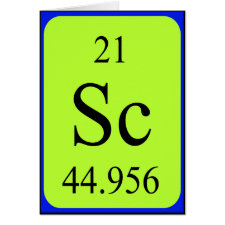
Authors: Li YB, Gao BJ, Du RK
Article Title: Studies on Preparation and Recognition Characteristic of Surface-Ion Imprinting Material IIP-PEI/SiO2 of Chromate Anion.
Publication date: 2011
Journal: Separation Science and Technology
Volume: 46
Issue: (9)
Page numbers: 1472-1481.
DOI: 10.1080/01496395.2011.561821
Alternative URL: http://www.informaworld.com/10.1080/01496395.2011.561821
Abstract: An anion-imprinted material with high performance for recognizing chromate anions was prepared by adopting the novel surface-molecular imprinting technique put forward by our research group previously. Functional macromolecule polyethyleneimine (PEI) was first grafted on the surfaces of micron-sized silica gel particles in the manner of "grafting to", forming the grafted particle PEI/SiO2. Afterwards, the ion imprinting was carried out towards the macromolecule PEI grafted on the surface of silica gel particles by using ion as template and ethylene glycol diglycidyl ether (EGGE) as crosslinking agent, and chromate ion-surface imprinted material IIP-PEI/SiO2 was obtained. The binding characteristic of IIP-PEI/SiO2 for ion was studied with both static and dynamic methods. The experimental results show that IIP-PEI/SiO2 has excellent binding affinity and high recognition selectivity for chromate anion. Before imprinting, the grafted particles PEI/SiO2 have similar adsorption capacities for both chromate anion and phosphate anion that was used as a contrast substance. However, after imprinting, the binding capacities of IIP-PEI/SiO2 towards phosphate anion decrease remarkably, whereas the binding capacity of IIP-PEI/SiO2 for chromate anion still remains higher, leading to a very high selectivity coefficient (12.23) of IIP-PEI/SiO2 for ion with respect of ion. IIP-PEI/SiO2 is a separation material with high performance
Template and target information: Chromate anion
Author keywords: chromate anion, graft polymerization, ion recognition, polyethyleneimine, Surface imprinting technique



Join the Society for Molecular Imprinting

New items RSS feed
Sign-up for e-mail updates:
Choose between receiving an occasional newsletter or more frequent e-mail alerts.
Click here to go to the sign-up page.
Is your name elemental or peptidic? Enter your name and find out by clicking either of the buttons below!
Other products you may like:
 MIPdatabase
MIPdatabase









